This ran in the San Mateo Daily Journal on Monday, April 2, 2018.
What would you do with $38,000,000?
It’s a question we’d probably all like to face. I can’t offer that princely sum to you as an individual…but it’s a very relevant question for every resident of San Carlos. Because that’s roughly how much the City has in financial reserves. Yet few San Carlans have any idea there’s that much money in their bank account.
That’s not surprising. Up through 2009, our costs were growing faster than revenues. That culminated in a major restructuring, outsourcing our police department to the County Sheriff’s office, our fire department, ultimately, to Redwood City, and several other functions to private contractors. The restructuring worked, big time. City finances began improving dramatically immediately afterwards, even though we were still mired in the Great Recession.
While the size of our reserves is public information, it’s generally presented in a way that’s hard for a layperson to understand. For one thing, it’s broken down into a bunch of categories, labeled “committed” or “assigned”, which leads people to conclude it’s outside the Council’s control. In reality, 98.99% of the money is available, today, for whatever purpose a majority of the Council considers appropriate.
What might it be used for? Being community money, earned by accepting development, arguably it should be invested in improving our quality of life. New or upgraded parks? Community gardens? A rollback of recent sewer rate increases? A local bus/shuttle service to help people get to and from downtown without using a car? New parking structures serving downtown? A community recreation center or pool? More workforce housing, so our teachers, firefighters and police can live in the community they serve? These are just some of the ideas I’ve heard over my years on the Council. I’m sure there are lots more, too (write me at mark@arcabama.com to share yours).
It’s unclear we’ll be going after the best ideas first, though. The Council recently earmarked $10 million to rebuild the Holly/101 interchange and add a pedestrian/bicycle bridge over the freeway.
Many residents tell me they love the idea of a bicycle bridge. But I’ve yet to hear from a single person who thinks rebuilding the interchange is a top priority. Indeed, its reconstruction mostly seems targeted at enabling more commercial development on the east side.
We do need continued development to pay our bills. But our main goal should always be creating the financial resources we need to improve our quality of life, so that we more than offset the negatives of development. Otherwise, why not just curtail all but the minimum development needed to keep us solvent? Which, given that $38 million sitting in the bank, could clearly be much less than what we’ve been allowing.
Spending our money to foster development so we can, say, get a new park or a shuttle service, is one thing. Spending money to earn funds which we plow back into projects that primarily enable yet more development is something else. In fact, I don’t believe the latter is what most San Carlans want. But that seems to be the direction we’re heading.
Another idea involves irrevocably committing $7.5 million to pre-fund employee retirement benefits. The city’s annual pension contributions have been increasing for some years (employee contributions have, too). Investing additional money today, beyond what we are required to pay into the state pension system, would reduce our future annual payments (although they’d still increase).
But, for years, our revenue growth – derived from San Carlos being an attractive place in which to invest, work, and shop — has kept pace with the increases in our required contributions. I’d much prefer we stay with that successful formula and invest the $7.5 million in improving our residents’ quality of life today. That way, our community will continue to attract a healthy level of investment and spending in the future, out of which we can fund our future pension obligations. Plus, we’ll have the improved quality of life that $7.5 million can buy.
Why is all this timely? Because the Council will shortly be starting its biannual budget process, making it a great time for San Carlans to weigh in on how they think their money should be spent. Two all day meetings on the new budget will be held, the first on Friday, April 27th, and the second one week later, on Friday, May 4th. Both are open to the public and will start in the City Hall Council Chambers at 8 AM.
How do you want to see our quality of life improved?
I look forward to hearing from you.
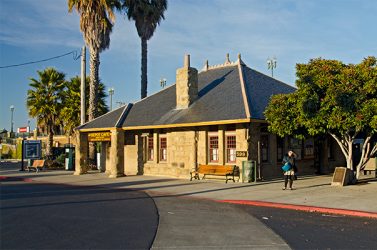
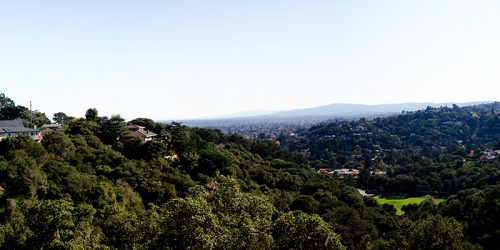
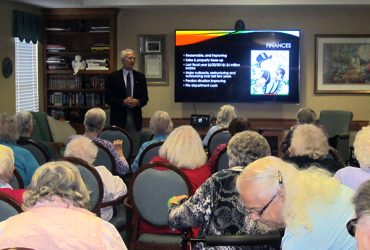

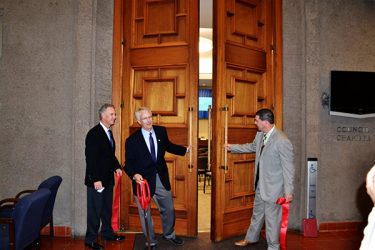
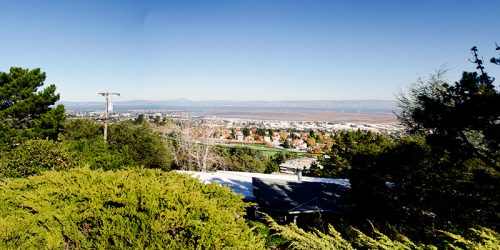

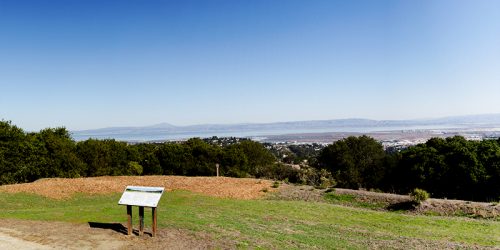
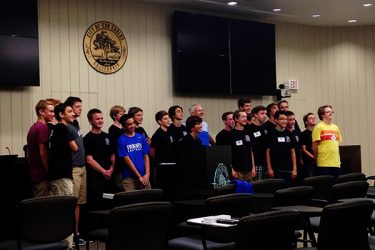
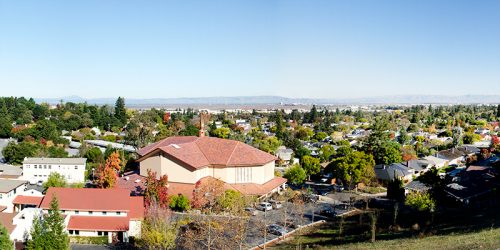

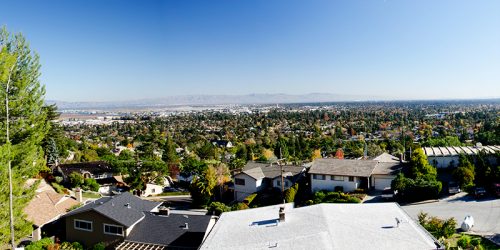
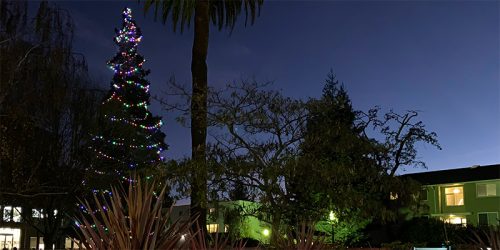
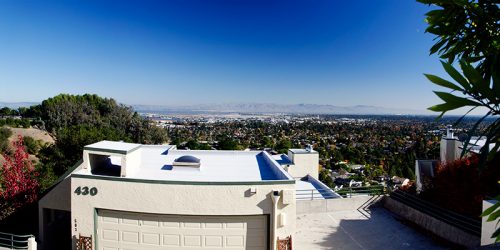
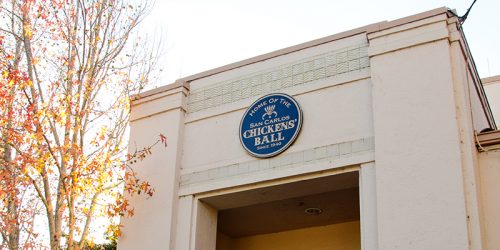
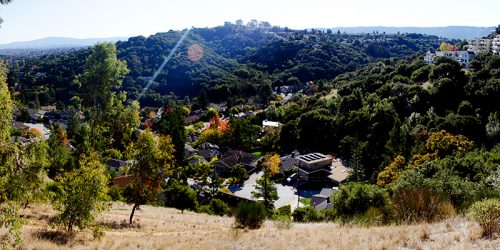
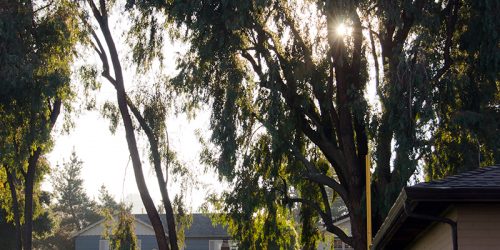
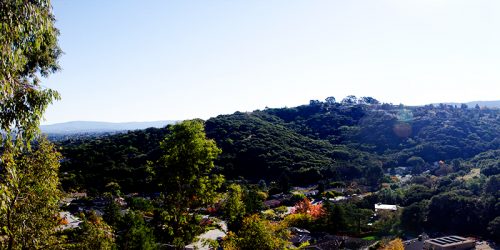
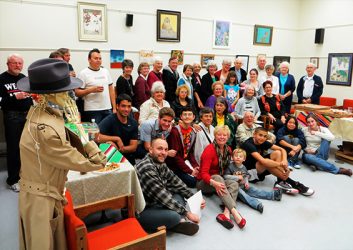
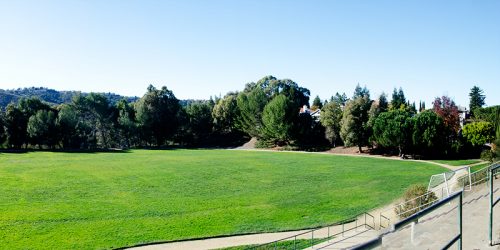

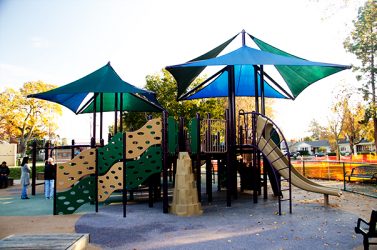
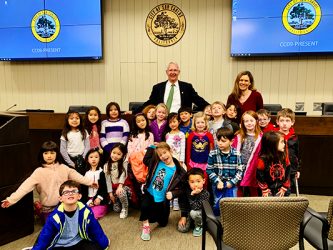



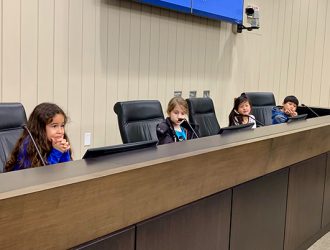
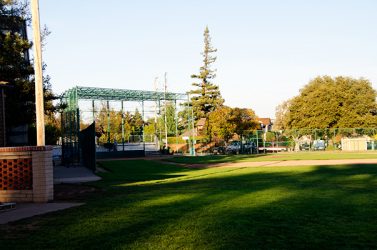
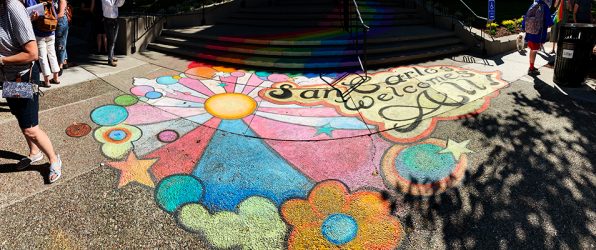
6 thoughts on “Time to Plan for the Future”
Hi Mark, is that $38M in addition to a rainy-day reserve, and if not, what do you think would be an appropriate size for a San Carlos rainy-day reserve?
That’s a great question, Eva, which I didn’t address in the op ed because it was already long.
A full response probably needs another whole article. But here is the outline of my thinking.
We have to have a rainy day fund, so some portion of our reserves needs to be off limits, except when dealing with a fiscal crisis. But my gut tells me the city uses fear of such a crisis to justify holding greater reserves than it ought to.
Part of that is because one of the biggest parties at risk is staff. If revenues fall, compensation and/or headcount must fall, unless additional local taxes are raised, which is unlikely, and particularly so during the kind of economic troubles that generally give rise to public sector financial crises. So staff has a bias towards seeing the city reserve as much as possible for rainy days.
But I also believe the city overestimates how volatile its revenues are. Property taxes are not very volatile. The median assessed value of a home in San Carlos is still, I believe, below 750,000. It would take a lot of market reversal for current home prices to drop to that point. Which means, roughly, that it’s hard to imagine scenarios where property taxes fall. Stop rising as fast, yes. But fall? Hard to see.
Sales taxes are more volatile. But, even then, it would take a big and extended economic downturn for them to disappear.
What that all means, I think, is that we need a rainy day fund, but only to give us enough time to recognize a downturn is occurring, and to do something about it (e.g., cut staff and services, rollback salaries). What’s that in dollars? I’m not sure…but I don’t think it’s a big fraction of the 38 million we currently have.
What do you think?
How much is the unreserved amount for pensions and retiree health care? What is San Carlos doing to cap that amount? Maybe we should spend some of the rainy day fund on this expense while the rain is only sprinkling.
Darn, just had WordPress delete a lengthy response…arrgh!
Hello, Tom! An interesting, and more complex than you might expect, question.
The short answer: the city makes all the contributions its various plan administrators require it to make, and is thus current on its obligations.
A longer answer involves whether or not CalPERS, the city’s primary administrator, is being realistic in its assessment of its ability to earn money on the pension funds it manages. Around the turn of the century, they clearly weren’t being realistic; but they’ve since reformed. The question is, have the reformed sufficiently? It’s also worth noting that pension benefits were decreased, and required employee contributions were increased, since California public pensions became an issue, which increased the strength of the system.
What makes the question complex/interesting is that managing a pension fund isn’t about eliminating risk; it’s about balancing risk.
It’s similar to what individuals face in planning for their own retirements. As a Fidelity 401(k) expert explained to me years ago, there are two types of retirement risks. The first is obvious: your investment choices are so risky that your investments crater, and your retirement is put at risk. The second is less obvious, but no less real: your investment choices fail to earn enough, so your retirement lifestyle is less than what you planned for it to be. There is a natural, and inescapable, balance between the two.
You can reduce the first risk substantially by only investing in safe assets (e.g., Treasury bonds). But doing so will significantly increase the second risk, because safe investments don’t earn much.
One way of looking at putting more money aside today to pre-fund pension costs is that it reduces the first kind of risk — since the city would hire the fund manager, the risk of them being unrealistic about their abilities is reduced — but it increases the second kind of risk, because the city would be investing less money in the community, making it a less attractive place in the future, which would lower tax revenues.
As for an even longer, hopefully more complete response…stay tuned.
Hi Mark,
I think the Council should seriously look into investing a chunk of that money into improving our infrastructure. The roads in San Carlos were not designed to handle the number of cars that they’re currently forced to support. It has a significant effect on the quality of life when you can’t get around without hitting traffic.
If we could find a way to improve the ability of major arteries to handle the traffic, that would have the side effect of reducing the number of cars that circumvent the arteries and race along the residential streets.
Additional mass transit options that are focused on known needs (such as getting kids to/from schools) so we don’t have the morass of cars heading to a handful of locations at the same time would also help to address the problem.
If you’re going down that path anyway, I’d also love to see us consider making downtown a pedestrian-only area, with good vehicle circulation around it.
Thanks for listening.
Good suggestions, Jason, thanx. Infrastructure projects can be a lot more than rebuilding a freeway interchange.